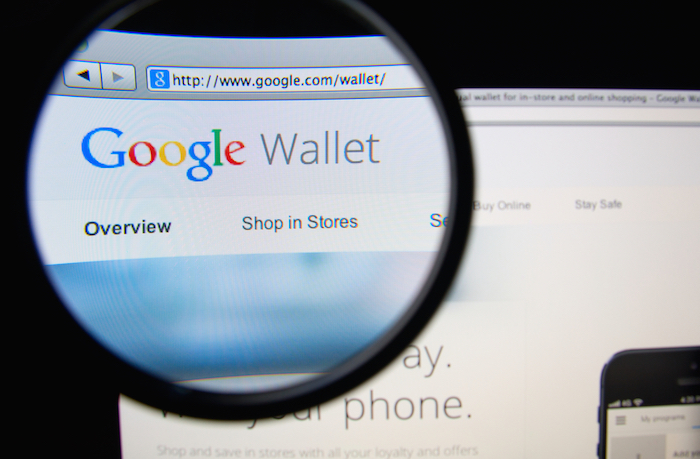Can Google Ignite An mWallet, Compete With Apple Pay and Herd Cats?

Google has high hopes for its mobile wallet and two big challenges. One is the lurking 800 pound gorilla that is Apple Pay, and the other involves the complexities of herding cats.
Cats in this metaphor represent the heterogeneous and at times unruly coalition of device makers, wireless carriers, banks and payment networks Google must in some senses rely on if its mobile product is ever going to launch.
Given its open source nature, Google has little control over the devices that run the Android mobile operating system. Apple, on the other hand, is known for rigid control – both over its iOS and the devices that run it. There are many flavors of Android, offered across a panoply of mobile devices – each with its own set of priorities and coming with a slightly different set of pre-loaded apps.
Plus, some of Google’s partners, most notably this week Samsung (the world’s largest maker of Android phones), are planning to roll out their own payment services. Samsung stepped up the level of its payments game with the acquisition of LoopPay, a mobile payments start-up that allows users to pay by phone at over 85 percent of existing POS. A person familiar with the Samsung-LoopPay deal said big smartphone makers envision few benefits from cooperating with Google Wallet, reports The Wall Street Journal.
Apple Pay “has changed the dynamics” of mobile payments, said Marc Freed-Finnegan, a former Google Wallet executive who is chief executive of retail-technology startup Index Inc. “If payments become a standard feature of phones, Google has to have a service on a par with Apple or better.”
And it seems Google is coming around to that plan. Last month chief business officer Omid Kordestani told investors that the company is currently developing a “fully functional payment system” that goes “beyond just tap and pay.”
That, however, has more or less been Google’s promise since it launched its mobile wallet in 2011. They’ve run into some road blocks since then. Their wallets did not come preloaded on most phones, as carriers had no incentive to do so. Carriers also blocked Google from accessing the secure element for stored credit-card information that is vital to NFC-based payments because their rival service ISIS (now Softcard, because terrorism) was also NFC based.
Softcard never really took off, however, and now it is looking possible that Google will buy it off of the telecom partners at a low price. The carriers are also willing to work with Google more these days since they get no revenue from Apple Pay, people familiar with the matter say.
Mr. Freed-Finnegan said that this may be an advantage Google can press. “Certainly Apple isn’t working with the carriers,” he said.
The three carriers and Softcard declined to comment.
Google is reportedly offering to pay carriers to feature their Wallet on Android phones, with a potential for more revenue from advertising through Google searches.
If that solves for carriers, Google will still have to solve for banks. Apple has been very successful in this regard – hundreds of banks are participating in Apple Pay and are even paying Apple a small fee for each transaction because Apple’s security measures reduce their fraud-prevention costs. Google is reportedly looking for a similar deal.
However, due the 2013 adoption of HCE, which removed the need for payment data in the Wallet to be stored in hardware, HCE could require banks to upgrade their anti-fraud systems, which in turn could depress banks’ desire to work with Google.